The Roman Empire in Germany? Yes, indeed! Ancient Rome was a powerful empire that originated in Rome, but eventually encompassed the entire Mediterranean region and much of Europe. Today, several powerful Roman Empire sights can be found as far north as Germany.
Table of contents
The Roman Empire in Germany
The Roman Empire, also known as the Roman Empire or Ancient Rome, was a major cultural, military and political power emanating from the city of Rome. According to tradition, Rome was founded by the twins Romulus and Remus in 753 BC.
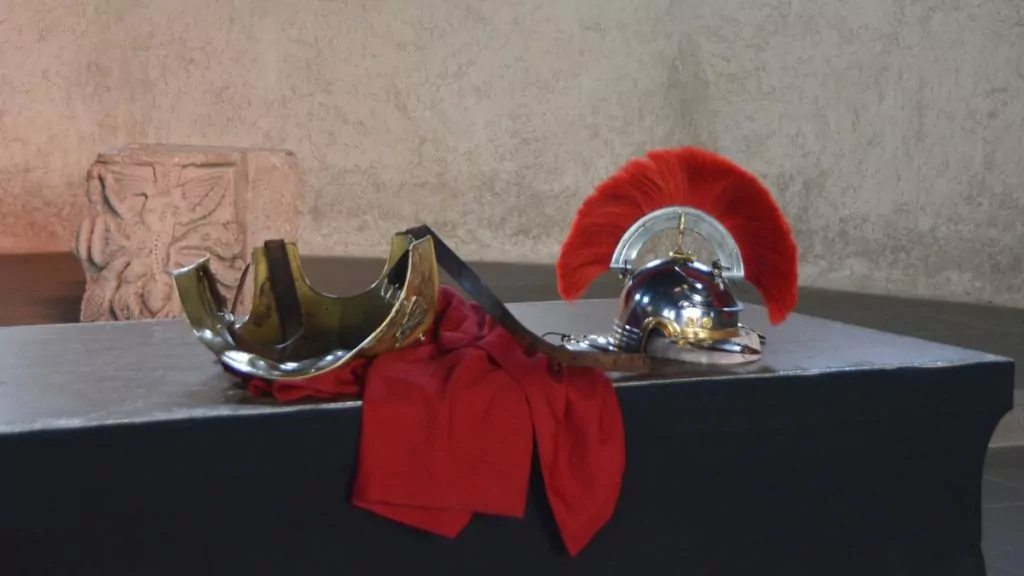
The powerful empire went through periods of kingship, republic and empire. In 394 AD, the empire was divided into Western and Eastern Rome. The last Western Roman leader was deposed in 476, while the Eastern Roman Empire lasted until 1453, when the Turkish Ottomans conquered Constantinople, now Istanbul.
In its heyday, Rome came to dominate the entire Mediterranean region and much of Europe. But did you know that the Roman Empire extended so far north that it included parts of Germany?
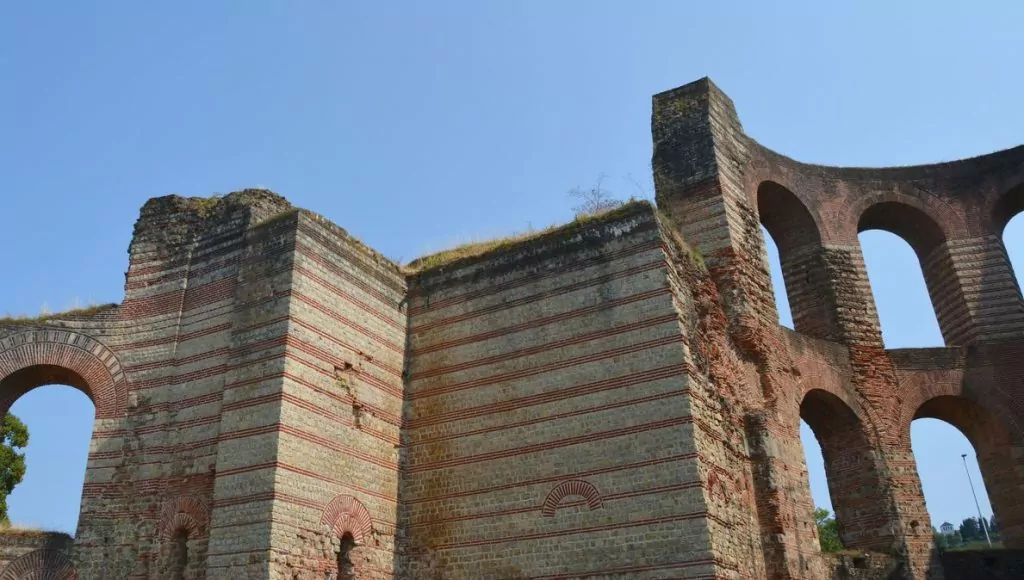
What about the German-Roman Empire?
History books also refer to the Holy Roman Empire, formally the 'Holy Roman Empire of the German Nation', which was formed in the early Middle Ages. This empire was founded in 962 when Otto I was crowned emperor, and included modern-day Germany and several large areas around it. Why was it called Roman? It is because it was officially considered a continuation of the ancient Roman Empire.
Roman Empire in Germany - interesting places to visit
We visited the German city of Trier with a motorhome in summer 2018. Fantastically interesting! Trier is not only Germany's oldest city (founded in 16 BC!) but also has a wealth of Roman-era attractions, many of which are UNESCO World Heritage Sites. But it's not just Trier that offers Roman memories. Here are 6 places where you can discover the Roman Empire in Germany.
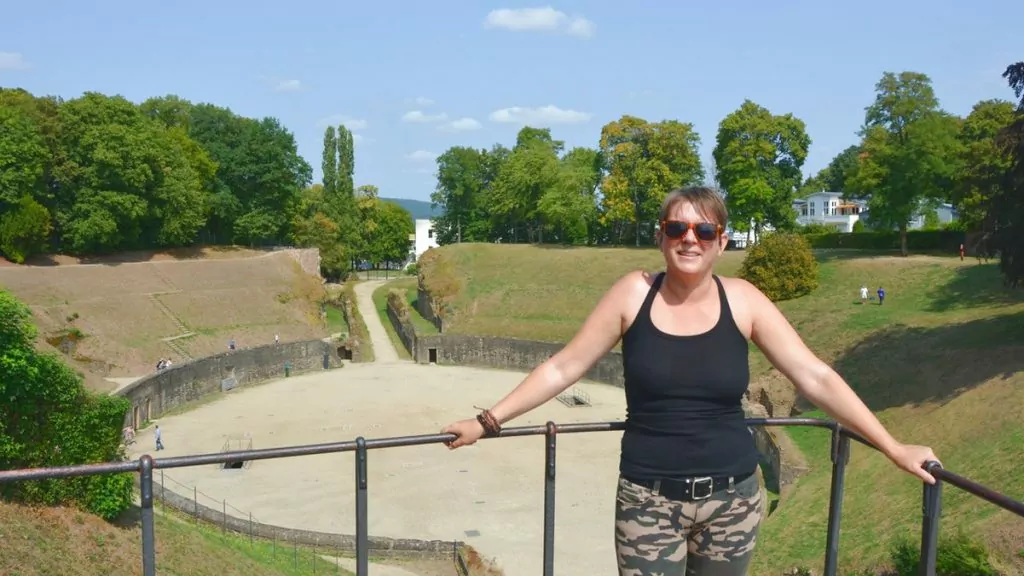
1. Limes - the Roman Empire's defence and demarcation system
The Limes was the defence and demarcation system that once marked the external borders of the Roman Empire. At 549 kilometres, the Limes is the longest monument in Germany. In the second and third centuries AD, the Limes formed the border between the Roman Empire and Germany. Along the way there were around 100 forts and 900 watchtowers. The border wall runs through the following federal states:
- Baden-Württemberg: 164 kilometres
- Bavaria: 158 kilometres
- Hessen: 152 kilometres
- Rhineland-Palatinate: 75 kilometres
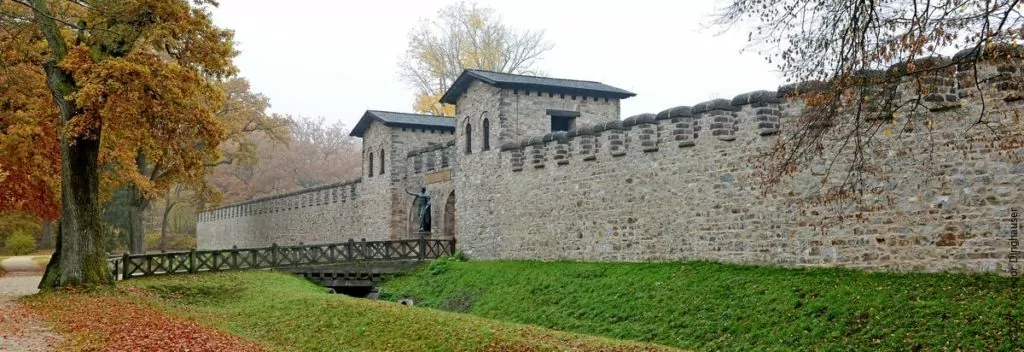
- Address: Starts in Bad Hönningen and ends in Passau (the map shows Bad Homburg, where the wall in the picture above is located).
- Corona age: Corona rules must be followed and a face mask is required.
- Read more: German Limes road
- Pitches in the neighbourhood: Ilzbrücke car park (Halser Strasse, Passau)
- Campsites in the neighbourhood: Wellness-Rheinpark-Camping (Allée St. Pierre les Nemours 1 / Am Rheinufer, Bad Hönningen) and Camping Passau (Halser Str. 34, Passau).
- Sights in the neighbourhood: The Wolfsschlucht waterfall in Bad Hönningen and the Dreiflüsseeck in Passau, where three rivers meet.
2. the Roman city of Trier
Trier, located in the Moselle Valley, was an important Roman city and boasts a number of impressive Roman monuments. It's no wonder that many of the buildings in this city have been included on the UNESCO World Heritage List. The magnificent Porta Nigra is the best preserved Roman city gate north of the Alps, and is perhaps one of the first things you notice when visiting the city.
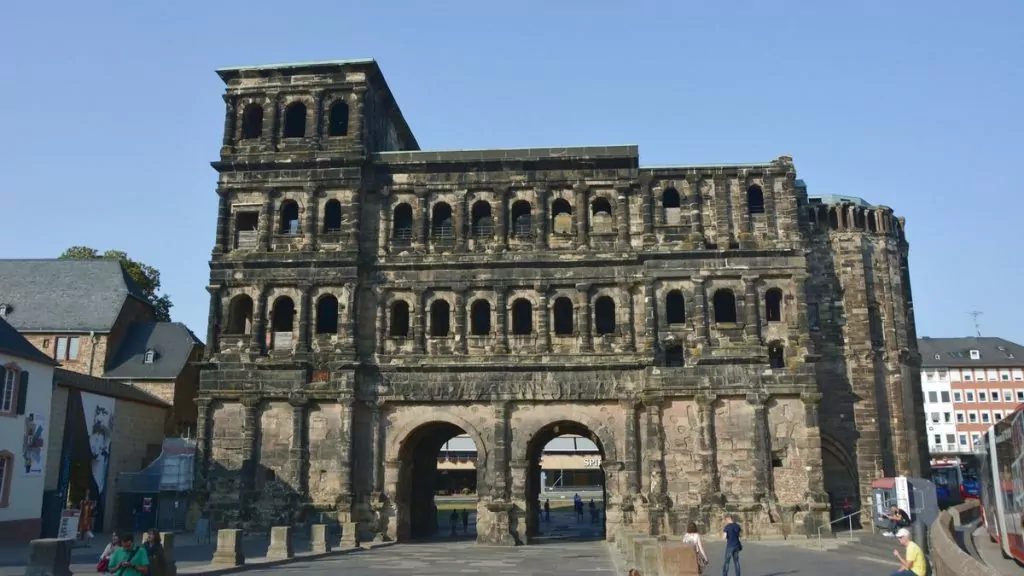
Trier is also home to the ruins of the Roman Baths Kaiserthermen and the Roman Baths Barbarathermen, once the second largest public baths in the Roman Empire. Other attractions include a late second-century amphitheatre, the Römerbrücke bridge built in 17 BC (and subsequently renovated and still in use!) and the magnificent Cathedral of Constantine Basilica.
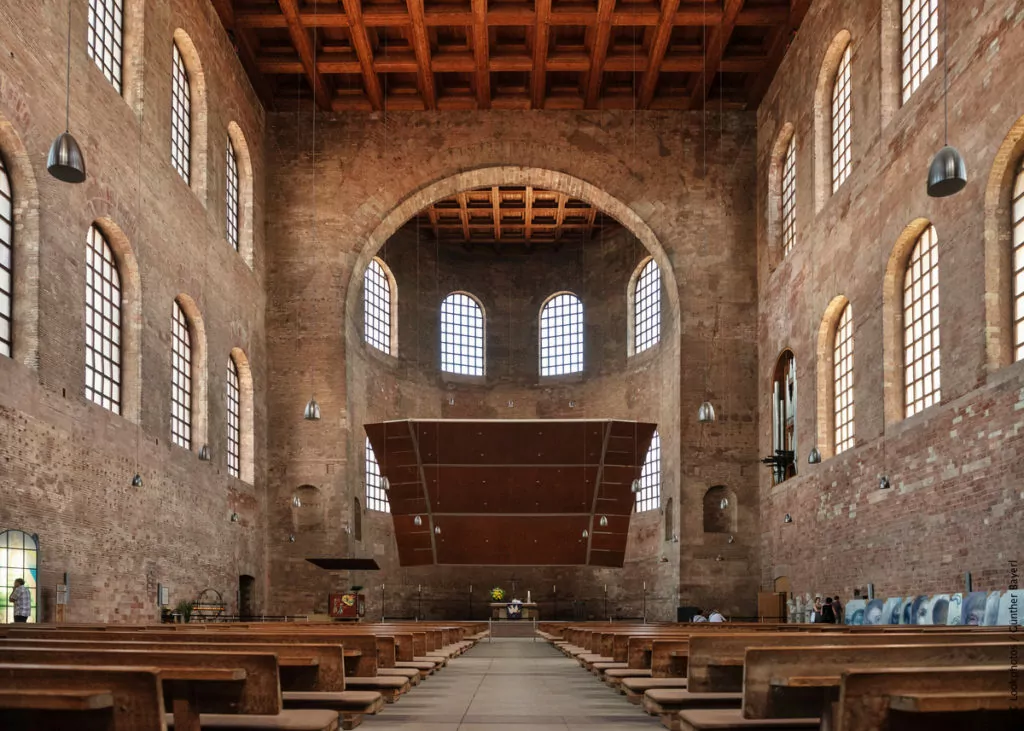
- Entry: Many of the attractions cost €4/adult and €3 for children aged 8-18. Children up to 7 years old are free.
- Opening hours: Most attractions are open Monday-Sunday 10:00 to 18:00 (2020).
- Corona age: Corona rules must be followed and a face mask is required.
- RV parks nearby: Reisemobilpark Treviris (In den Moselauen)
- Read more: Welcome to Trier - the centre of antiquity
- Campsites in the neighbourhood: Campingpark Treviris (Luxemburger Strasse 81, Trier)
- See more in the neighbourhood: The dramatic cave of Genoveva Cave
3. The Roman Eifel Aqueduct in Cologne
In 50 AD, a settlement on the western bank of the Rhine was named 'Colonia Agrippina' after Emperor Claudius' last wife Agrippina. This gave the settlement the status of a 'colonia', i.e. a city subject to the laws of the Roman Empire.
In 80 AD, the Eifel Aqueduct was built between Nettersheim and Cologne. At 100 kilometres, this was the longest Roman construction north of the Alps. Every day the aqueduct supplied the city with 20,000 cubic metres of water. Ten years later, Colonia Agrippina had 45 000 inhabitants and served as the capital of the province of Germania Inferior.
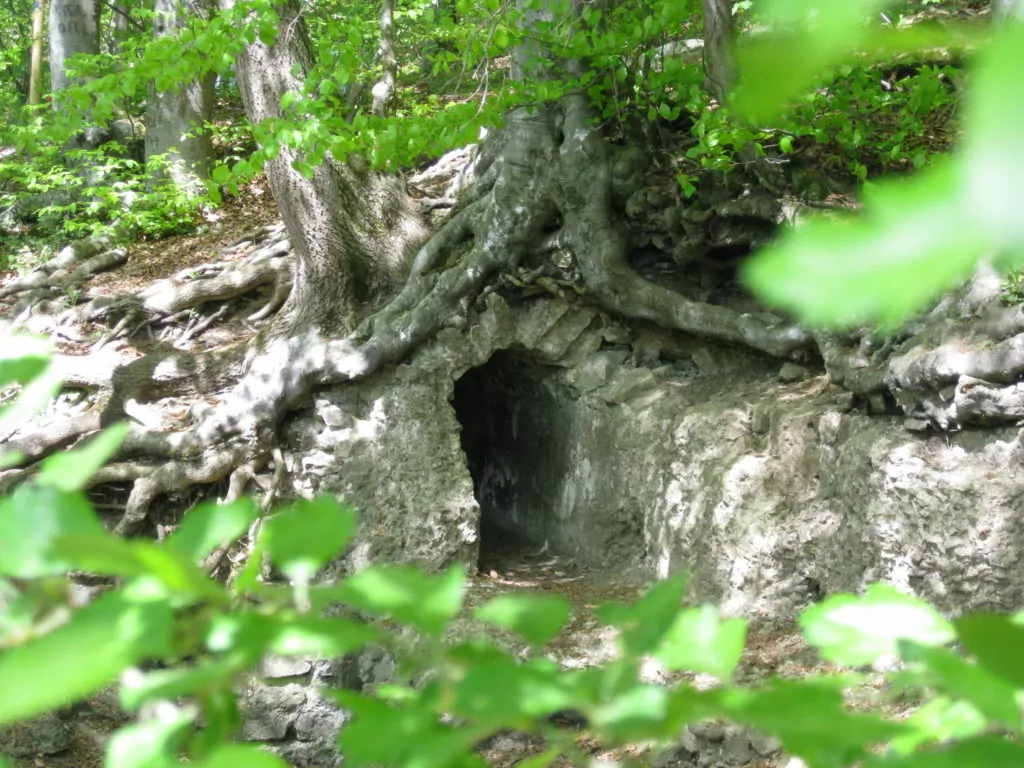
- Address: Nettersheim to Cologne
- Entry: Free of charge
- Opening hours: Tuesday to Friday 10:00 - 12:00 and 14:00 - 17:00 and Saturday and Sunday 11:00 to 17:00 (2020). It is closed on Mondays.
- Corona age: Corona rules must be followed and face mask required
- Read more: North Eifel Tourism
- Campsites in the neighbourhood: Eifel-Camp Freilinger See (Am Freilinger See 1, Blankenheim-Freilingen) and Campingplatz Stadt Köln (Weidenweg 35, Cologne).
- See more in the neighbourhood: Cologne Cathedral and Schloss Drachenburg castle
4. Haus Bürgel Roman Museum, north of Cologne
The Haus Bürgel museum is located in Monheim am Rhein, just north of Cologne. Here you can see lots of archaeological finds from the Roman Empire in Germany. The museum includes eight different rooms, each showcasing different topics of the Roman Empire, ranging from everyday life to military conquests.
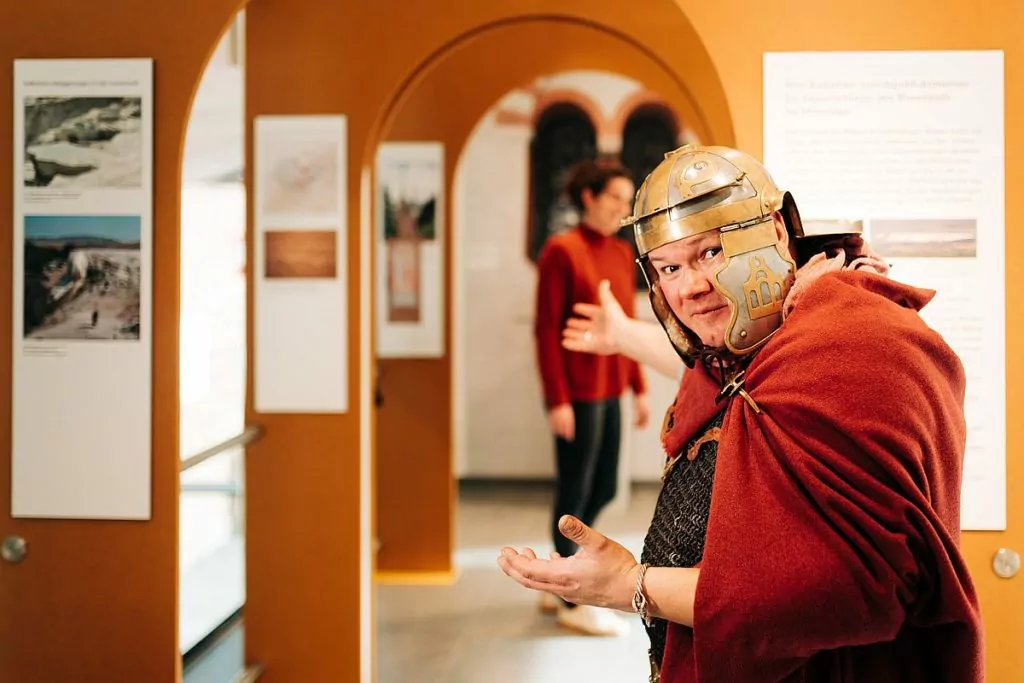
- Address: House Bürgel Urdenbacher Weg, Monheim Am Rhein
- Entry: 3 euros/person, Guided tours are given on the first Sunday of each month (2020) and cost 5 euros/adult and 2.5 euros/child.
- Opening hours: Saturdays, Sundays and public holidays 10:00 - 18:00 and during the winter holidays (2020).
- Corona age: Corona rules must be followed and a face mask is required.
- Read more: Roman Museum
- Campsites in the neighbourhood: Campingplatz Rheinblick (Urdenbacher Weg, Monheim).
- See more in the neighbourhood: Rhine Tower, with a viewing area and rotating restaurant.
5. Roman baths in Bad Breisig
Looking for a spa in a Roman setting? At the Römer Therme (Roman baths) in Bad Breisig, just south of Cologne and Bonn, you can enjoy a Roman atmosphere. In Roman times, good hygiene was considered important and visits to the baths played an important role. Firstly, you may not have been able to wash at home and secondly, much of the social life took place in the baths. A typical visit to a bathing centre could include both a sauna and a hot water bath.
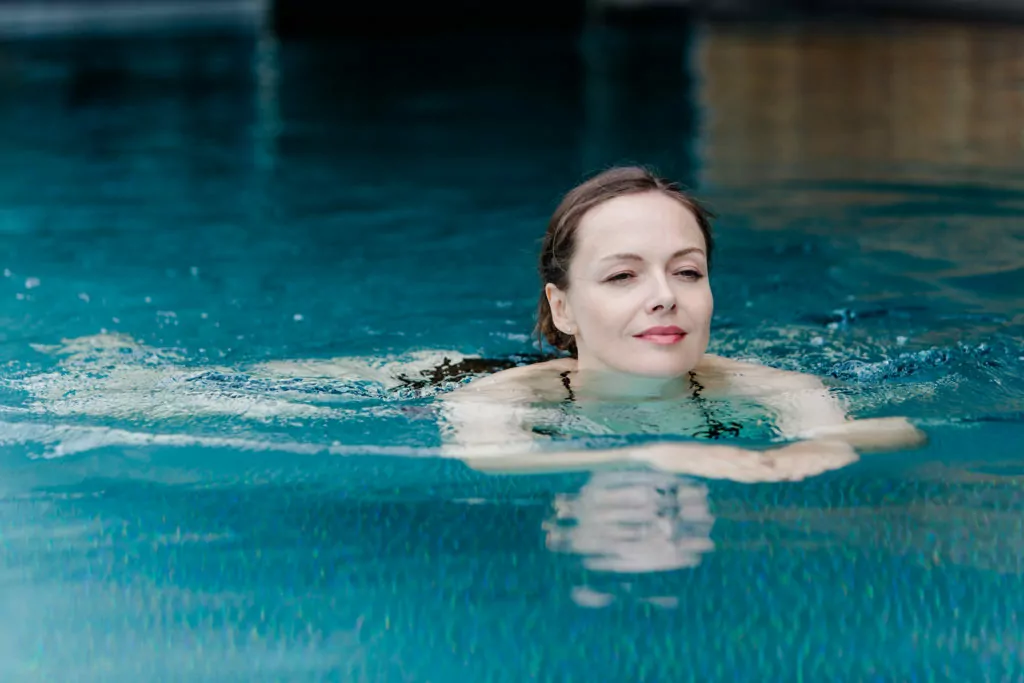
- Address: Albert-Mertes-Strasse 11, Bad Breisig.
- Entry: 17 €/adult and 12 €/child (2020).
- Opening hours: Tuesday, Wednesday and Friday 08:00 to 20:00, Thursday 08:00 - 22:00 and Saturday, Sunday and public holidays 08:00 to 18:00 (2020).
- Corona age: Corona rules must be followed and face masks are required. Spa appointments must also be booked in advance by email or phone.
- Read more: Roman Baths
- Campsites in the neighbourhood: Camping Rheineck (53498 Bad Breisig)
- See more in the neighbourhood: Arenfels Castle
6. The Roman wine presses in Erden, Moselle Valley
It was the Romans who brought wine to Erden, in the Moselle Valley, almost 2000 years ago. No less than two wine presses from the Roman Empire have now been found here in Germany. Both wine presses have been found relatively recently, in 1992 and 1998 respectively. However, they have a very long history, having been dated to the second and third centuries. The site has now been investigated by researchers and the wine presses are on display for visitors.
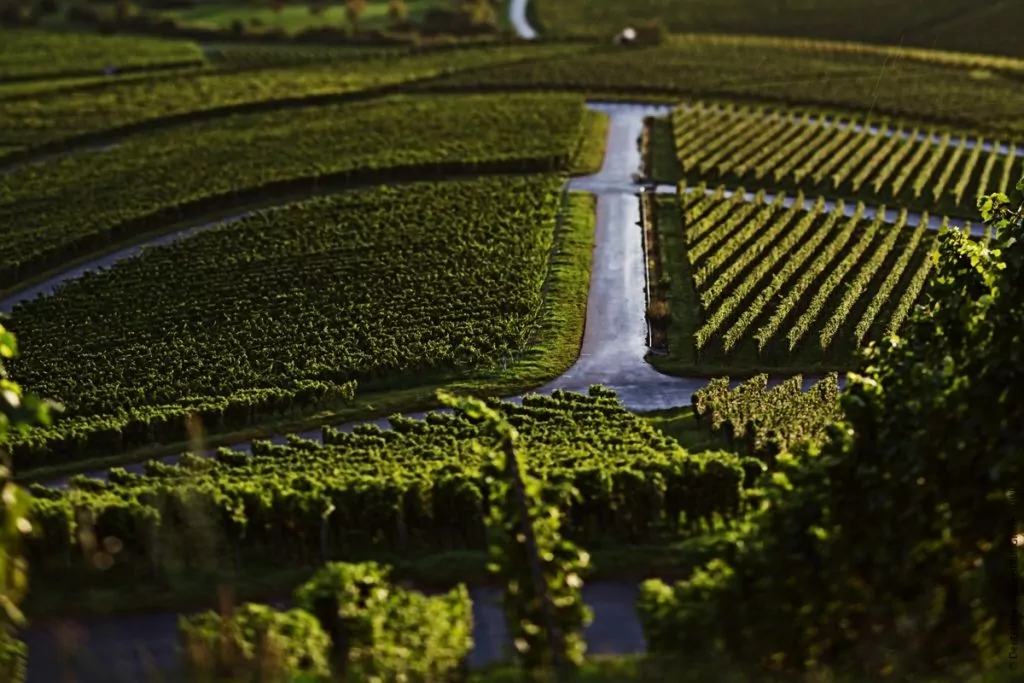
- Address: On the Moselle cycle path on the B 53 road, Erden
- Opening hours: Tuesdays and Wednesdays 14:30 to 17:00, Saturdays 13:00 to 16:00 and Sundays 13:30 to 17:00 (2020).
- Corona age: Corona rules must be followed and a face mask is required.
- Read more: Römerkelter earths and Roman pressing plant Erden
- Pitches in the neighbourhood: Parking at the Studert Winery Prüm (Hauptstrasse 152, Bernkasel-Kues)
- Campsites in the neighbourhood: Camping Erden (On the banks of the Moselle, Erden)
- See more in the neighbourhood: The Machern Abbey Wine Museum in Bernkastel-Kues.
Have you experienced the Roman Empire in Germany?
Have you been to any of these places? Do you like to discover history while travelling?
Things to do in Magdeburg - 12 tips for the Ottostadt in Germany
What to do in Magdeburg, Germany? This city, sometimes referred to as the 'Ottostadt', has a...
Carnival in Germany - a colourful celebration
Excursions among Germany's lakes
The 'Beach Basket Challenge' campervan trip continues, and it was time for the seven campervans on the trip/competition to...
Moritzburg Castle near Dresden - a fairytale hunting lodge
Moritzburg Castle near Dresden is a beautiful and fabulous hunting and baroque castle, well worth a visit....
North Sea coast in Germany - Husum and Sankt Peter-Ording
Our last stops during this summer's long motorhome trip were Husum and Sankt Peter-Ording on the North Sea coast of Germany....
Active holiday in Mecklenburg-Vorpommern - 8 things to do
Did you know that Mecklenburg-Vorpommern, located on the German Baltic Sea coast, offers plenty of opportunities for...
Oktoberfest in Germany - and other German folk festivals
Who doesn't want to experience Oktoberfest in Germany? We've gathered everything you need to know to...
Camping and Moselle wines in Traben-Trarbach, Germany
Traben-Trarbach in Germany's Moselle Valley is beautiful and has world-famous Moselle wines. This is a cosy...
Passion play in Oberammergau - tradition from 1633
The Passion Play in Oberammergau, Germany, is a five-hour long and powerful dramatisation of Jesus' suffering,...
Adventure with a motorhome in Schleswig-Holstein
Our motorhome adventure with a total of seven motorhomes, the 'Beach Basket Challenge', has started with a first day in the German...
German specialities in different regions - don't miss these
Writer: HELENA BERGSTRÖM German specialities, what are they? German food varies from region to region, and...
Hofgarten Eremitage in Bayreuth - amazing park in Bavaria
The Hofgarten Eremitage in Bayreuth is a large and incredibly beautiful park filled with castles, fountains,...
Rammelsberg Mine - a Unesco World Heritage Site in Goslar
The Rammelsberg mine is a Unesco World Heritage Site in the German town of Goslar, located in the mountainous area of...
Ostsee camping in northern Germany - and party with the gang
We have, together with eleven other motorhomes, spent three nights at the Ostsee camping in Zierow outside...
Greifswald in Germany - attractions and Swedish history
Greifswald in Germany is a charming and beautiful city, full of attractions and Swedish history. We...
Herrenhausen gardens in Hannover - amazing splendour
The Herrenhausen Gardens in Hannover offer a fantastic gardening experience. Book a full day for castles, parks,...
Steinau an der Strasse - with the Brothers Grimm house
Steinau an der Strasse is a small German town that is best known for its...
Festivals in Germany - now the festival season begins
Curious about festivals in Germany? Germany is the land of festivals, and at this time of year,...
Kröslin marina in Germany - the farewell party of the sailing trip
Finally, it was time to sail into Kröslin marina, or Kröslin Baltic Sea Resort...
Which ferries run from Sweden to Germany? - 5 options
Which ferries go from Sweden to Germany? We have travelled many times from Sweden to Germany...
10 magical castles in Germany you won't want to miss
Today we're sharing 10 magical castles and palaces in Germany that feel like they are...
Neuzelle Abbey in eastern Germany - stunning baroque architecture
We have now visited the monastery of Neuzelle in eastern Germany. You don't have to be interested in churches...
Christmas in Germany - inspired by German Christmas traditions
Christmas in Germany offers everything from tasty pastries and delicious Christmas food to atmospheric Advent music. I...
Things to do in Goslar - 11 tips for a historic town in Germany
What to do in Goslar? This German town is a charming and historic little gem,...
Things to do in Dessau - 14 tips for the Bauhaus city
What to do in Dessau, Germany? Dessau is best known for the Bauhaus (and...
Things to do in Bayreuth, Bavaria - our top 11 tips
What to see and do in Bayreuth, Bavaria? This beautiful and special German city...
Nude baths in Germany - Friedrichsbad in Baden Baden
Nude swimming in Germany? Yes, why not? Friedrichsbad in Baden-Baden is a traditional bath with a long history of...
Schwedenfest in Wismar, Germany
Every year on the penultimate weekend of August, the town of Wismar celebrates, with much fanfare, the...
From camping Güster to Ostsee camping, northern Germany
The "Beach Basket Challenge" motorhome trip in Germany continues and we have now made it from camping Güster at Am...
Holiday with children or grandchildren in Germany
Thinking about a holiday with your children or grandchildren in Germany? The country offers everything from...
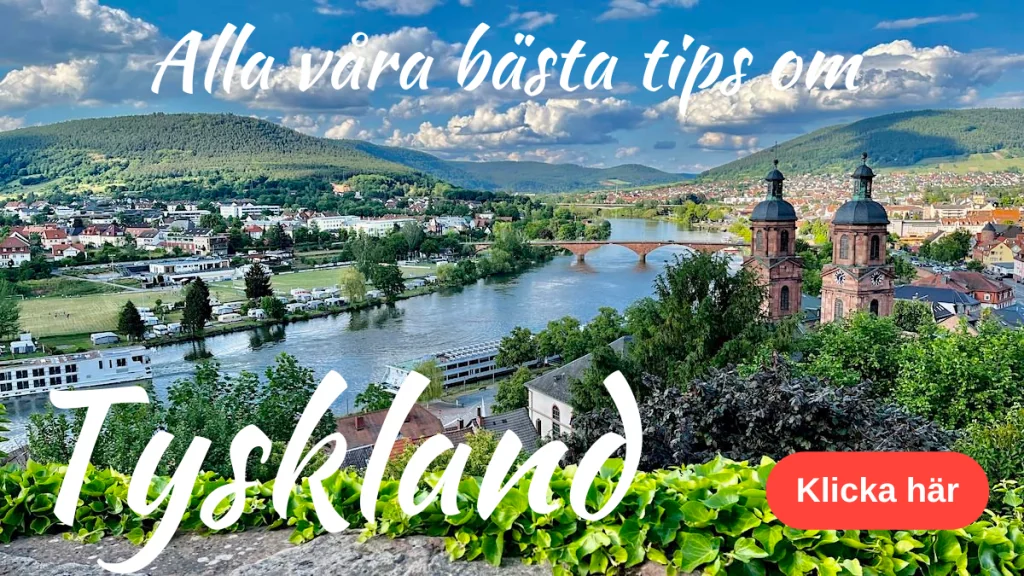
Top image of the post: Römerkanal Information Centre ©Andrea Matzner


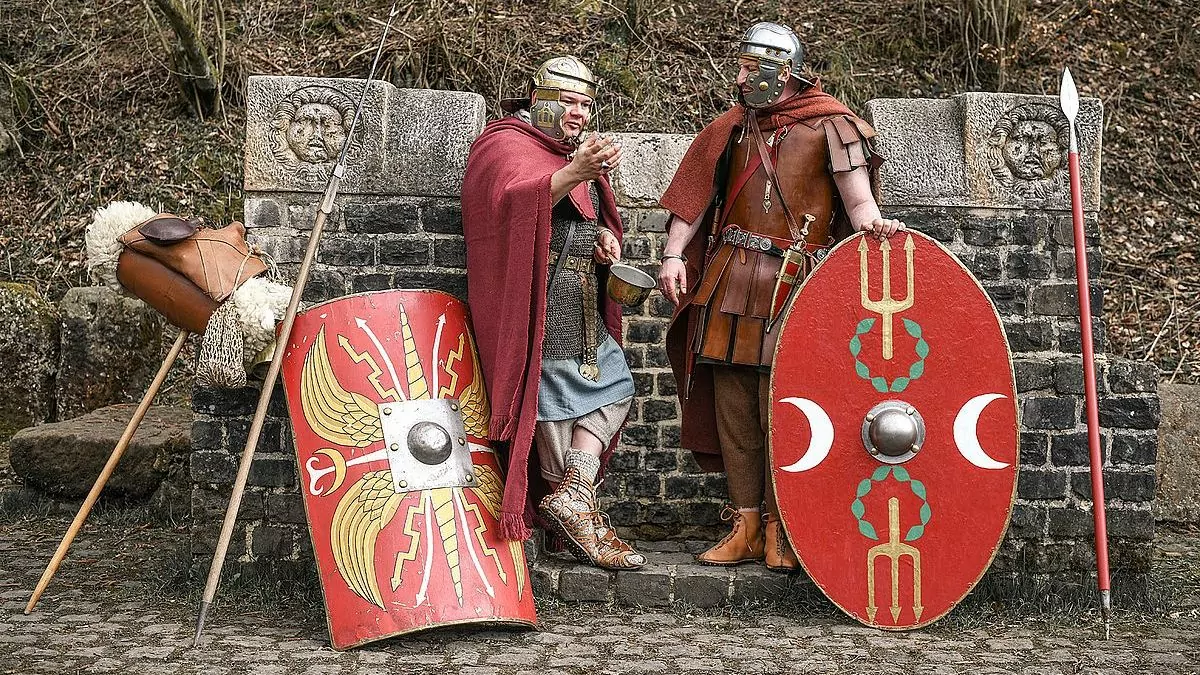






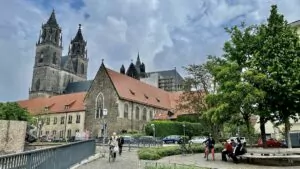
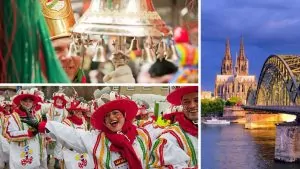
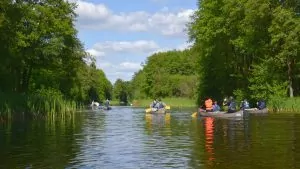
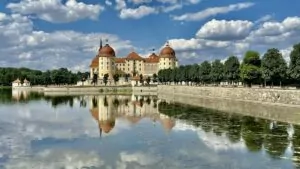
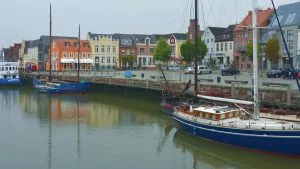
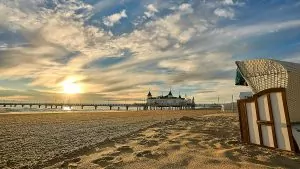
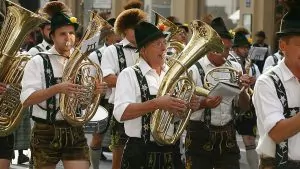
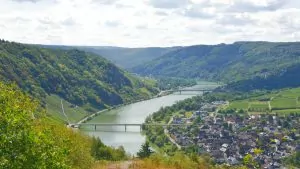
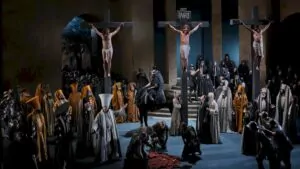
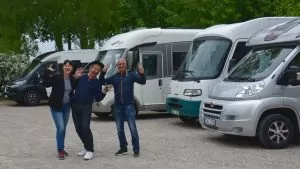
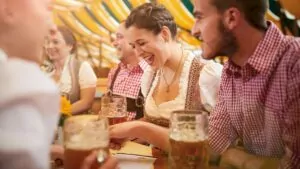
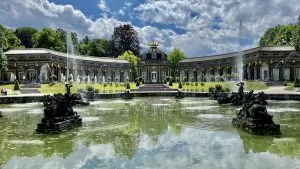
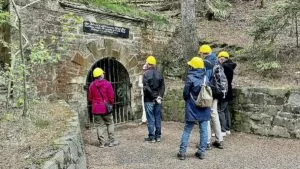
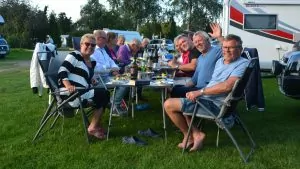
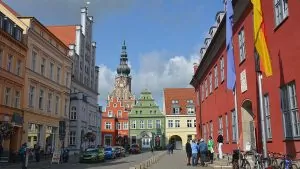
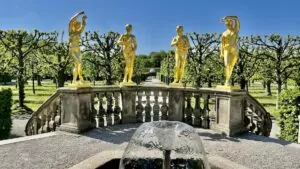
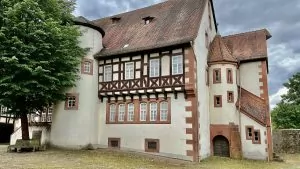
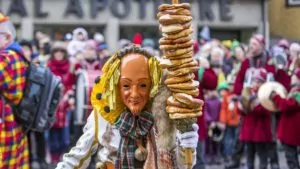
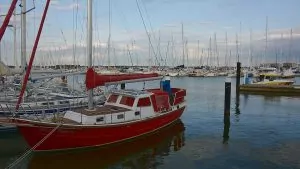
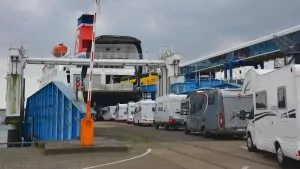
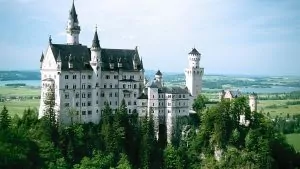
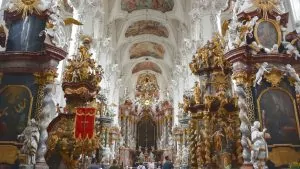

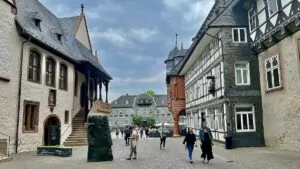
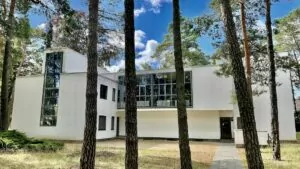
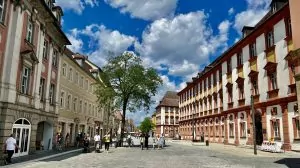
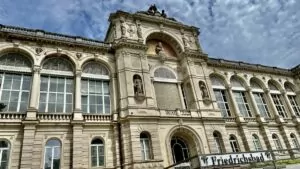
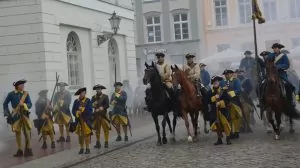
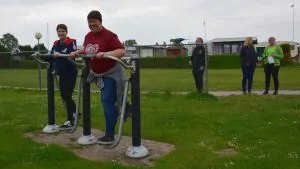
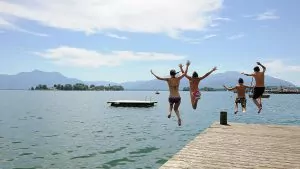
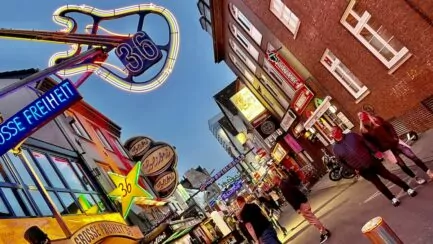
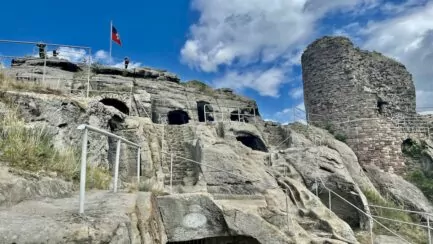
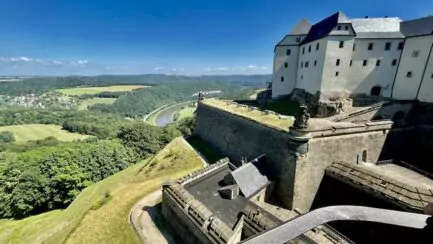
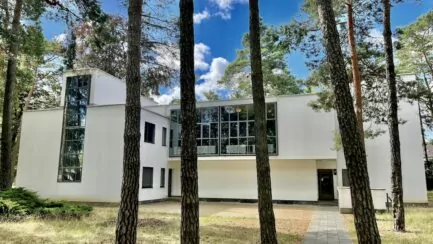
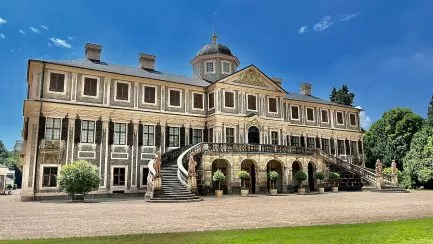
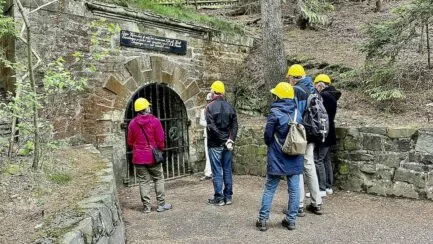



Lena in Wales and Spain says:
Interesting!
The only place I visited is Trier and the Porta Negra.
Even in Wales we have many Roman sites with amphitheatres, walls, ruins, museums, etc.
Yes, the Romans spread out over incredible areas at the beginning of our era.
Take care!
30 September 2020 - 10:59
Only British says:
I love the Basilica of Constantine. Trier was built by Constantine the Great. He was crowned in my old home town of York after his father Constantinus died there during his campaign against the slopes of what is now Scotland. The famous Hadrian's Wall was built up there, so yes, the Romans were further north than many people think. Today his statue sits outside York Minster, which is fitting since he was Christianised. The Minster is built on an old Roman sanctuary whose remains can be seen in the crypt and I have a post about the Roman soldiers haunting the Treasure House next door.
30 September 2020 - 11:40
Helena says:
Just British, what a control you have, impressive! 🙂 Thanks for some more info! And yes, the Basilica of Constantine is really magnificent!
01 October 2020 - 9:18
Only British says:
Thank you, the Roman era has fascinated me since I was in Carthage as a child. It becomes even more so when you live in an old Roman and Viking city and love England, which has so many Roman remains everywhere and books like "What did the Romans do for us?". In York, they still haven't found the amphitheatre they know must be somewhere because the city was so big and important. In Bath, the Roman baths are known...everything ending in -chester and -caster are old Roman sites but also Londinium and others. "The Picts" is what it should say, by the way.
And I grew up in Germany. One cousin now lives outside Cologne and the other has worked at the German tourist office. We were even more in Germany when we lived in Brussels....
01 October 2020 - 13:07
Helena says:
Lena, glad you've been to Trier too, fascinating place! And yes, I can imagine that there are interesting sites from the Roman era in Wales as well!
01 October 2020 - 9:16
Maria's Memoirs says:
So cool places, I love visiting ancient places! Limes, Trier and the aqueduct in Cologne seem really exciting! I actually can't think of any places I would have seen from the Roman Empire in Germany.
30 September 2020 - 13:25
Helena says:
Historical sites are exciting, aren't they? And fascinating that there is Roman history this far north!
01 October 2020 - 9:18
Lena - good for the soul says:
Eeh, the Roman Empire in Germany. Never heard of it. Exciting. Interesting with the old bridge and aqueduct. They built good stuff in the past, you could say!
Hug Lena
30 September 2020 - 18:08
Helena says:
Isn't that cool? The Roman Empire was even bigger than you might sometimes imagine 😉.
01 October 2020 - 9:19
Mr Steve says:
It's been a long time since I checked in with you, but I see that you are still adventuring and spreading knowledge and education to your surroundings... All the best!
01 October 2020 - 0:24
Helena says:
Steve, how nice of you to visit! Yes, even if we travelled less abroad this year than usual, we keep going with shorter trips and stories about exciting destinations! 🙂
01 October 2020 - 9:20
white bathroom mixer tap says:
I have discovered excellent articles here. I like how you
defines it. Nice!
03 July 2021 - 11:47